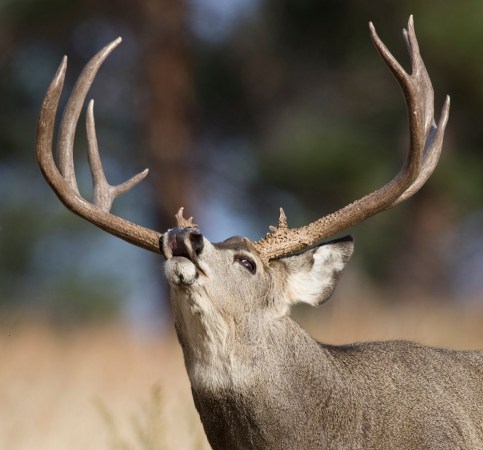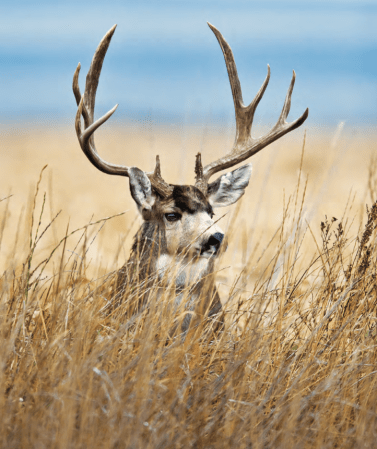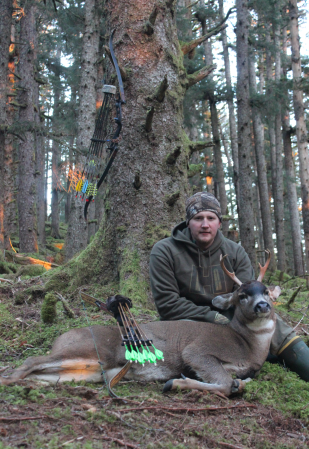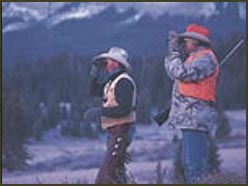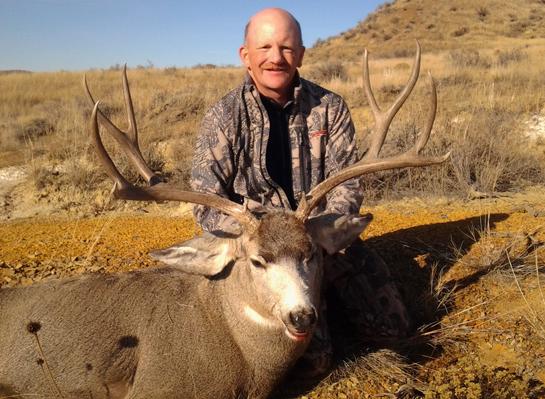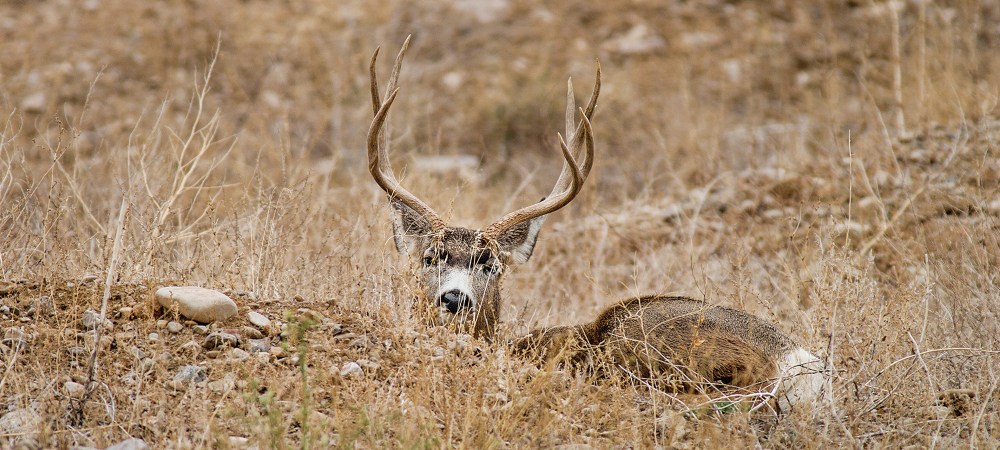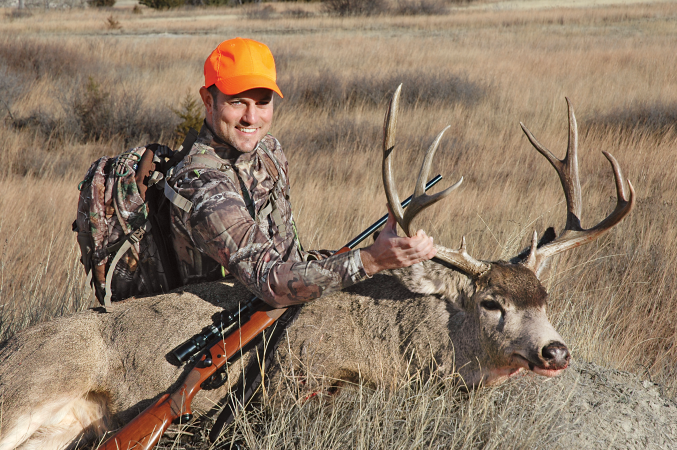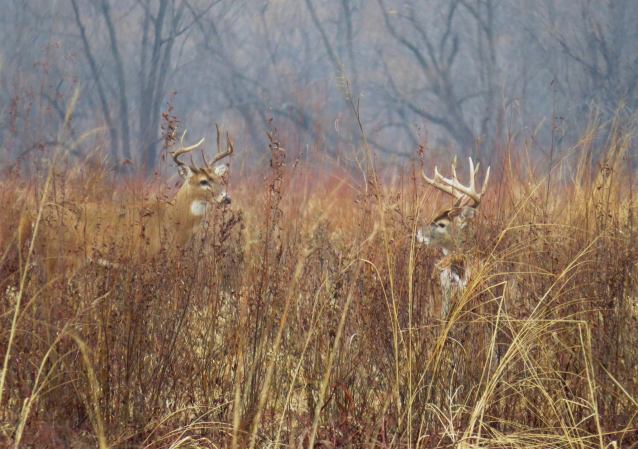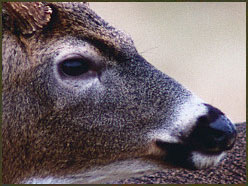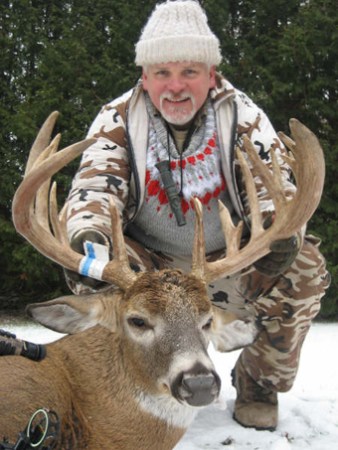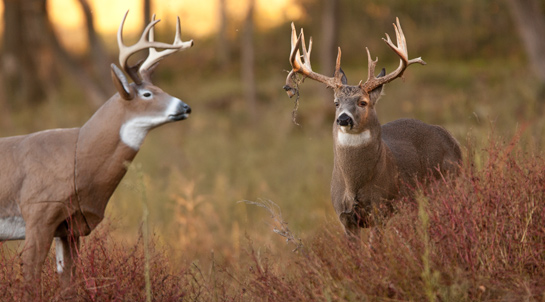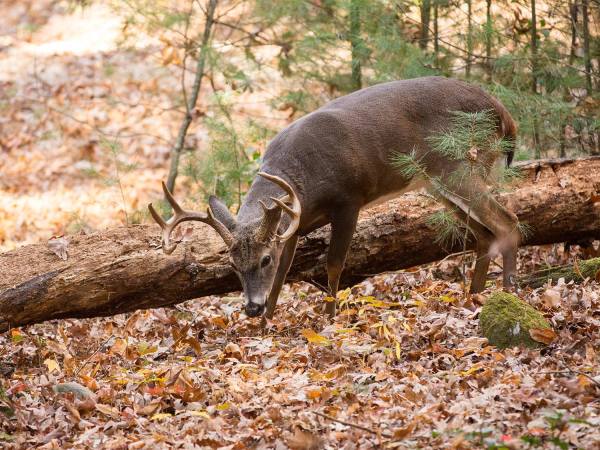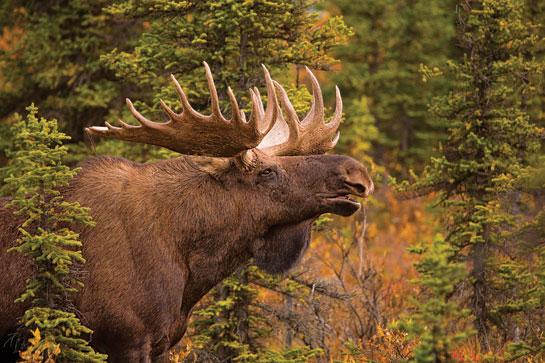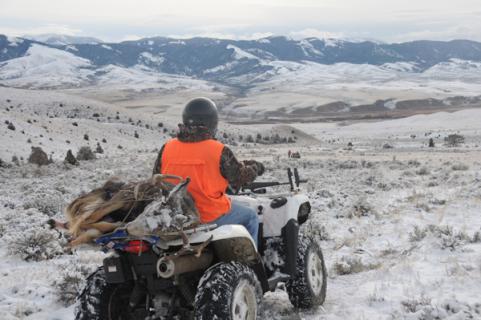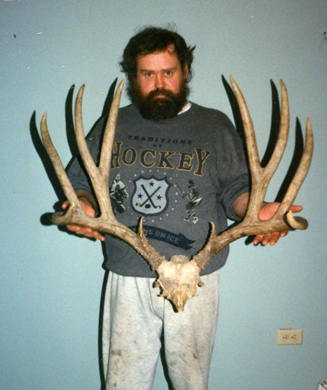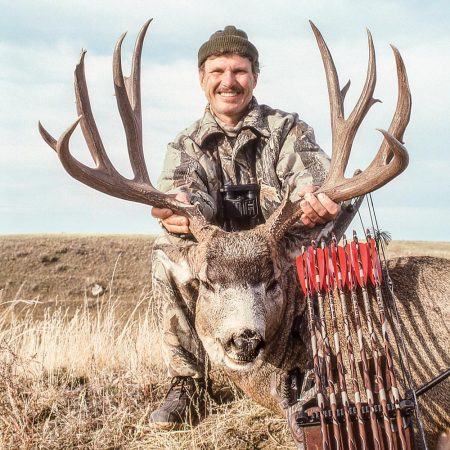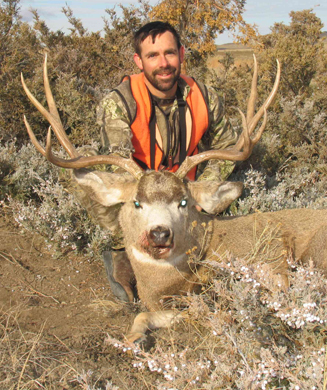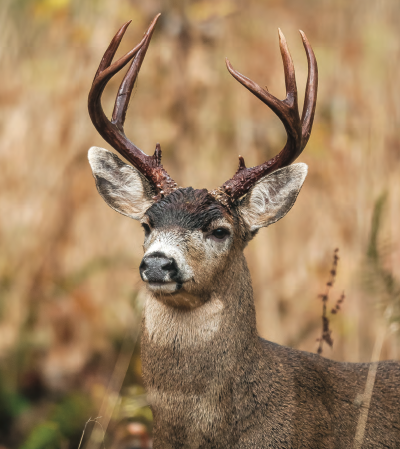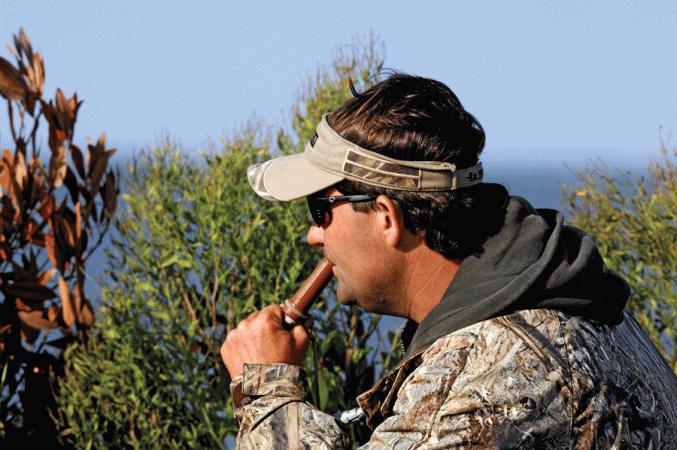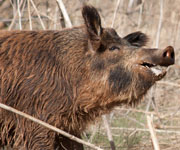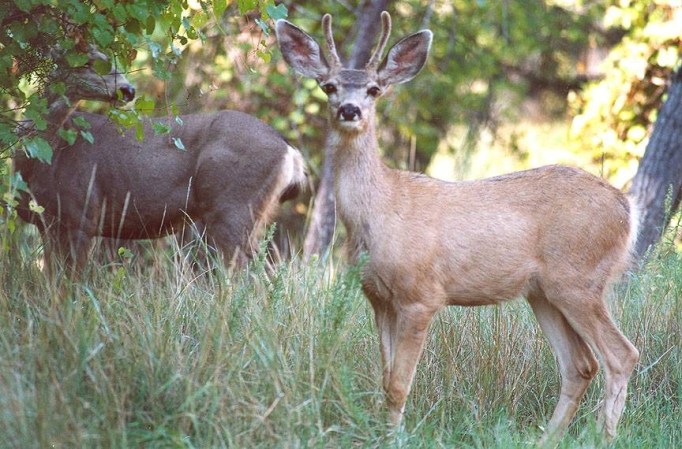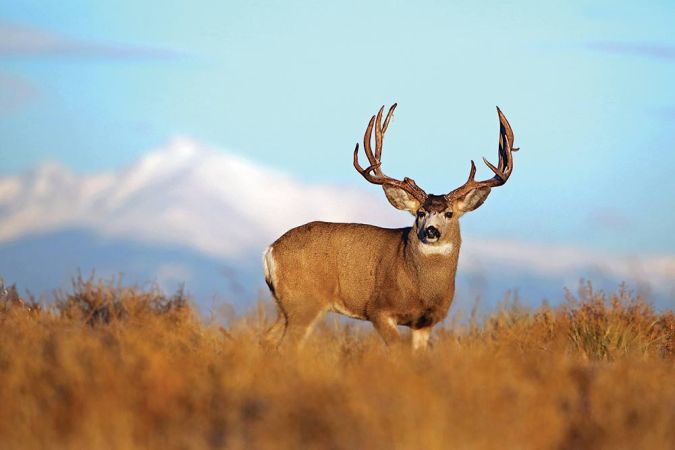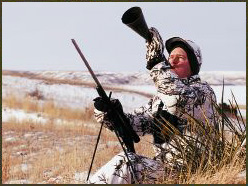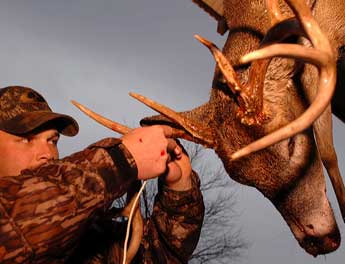Should you ever call mule deer? Conventional wisdom says that muleys aren’t vocal critters. But I argue in the video above that a couple of calls–a grunt tube and a high-pitched predator call–can sometimes unlock a mule deer buck that would otherwise ignore you.
The reason calls aren’t reliable is that, even though you can find them in timbered foothills and alpine basins, mule deer are open-country animals.
Wide-open prairies, broken badlands, craggy canyons. Those are the sorts of places where mule deer feel at home, mainly because they can use their prodigious eyesight to warn them of danger.
Mule deer also have remarkably acute hearing, thanks to those oversized ears, and very good noses. But in almost every situation, they rely on sight above any other sense.
That’s why rattling doesn’t particularly work to attract mule deer bucks, even in the active pre-rut phase. And it’s why calling–grunting, snorting, bleating–isn’t a reliable way to call mule deer, even when you find them in heavy cover. They’re just not as social–or as dependent on vocalization–as whitetail deer.
But that doesn’t mean you should never try calling mule deer. As I detail in the video below, calls can sometimes be the trump card that will get a savvy buck to show himself. Especially in the middle of the day, bigger bucks will lie up in shady spots, or bed down against some terrain feature that allows them to watch for trouble but remain hidden.
In those times, a guttural grunt or a high-pitched jackrabbit-in-distress call can put bedded bucks on edge, encouraging them to stand up and show themselves. And, if you’re in the right place, giving you a shot you might otherwise not have gotten if you had left your calls at home.


